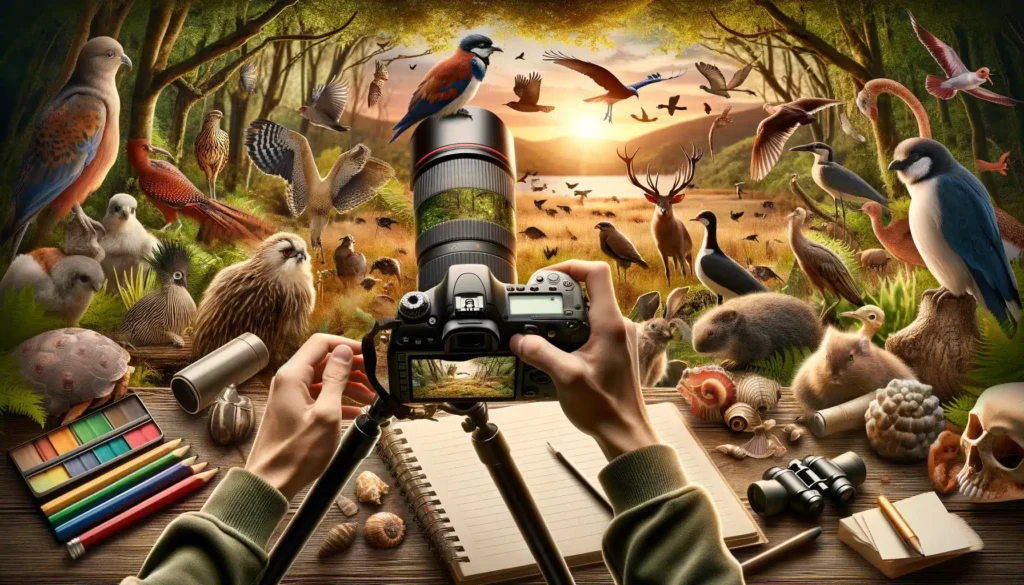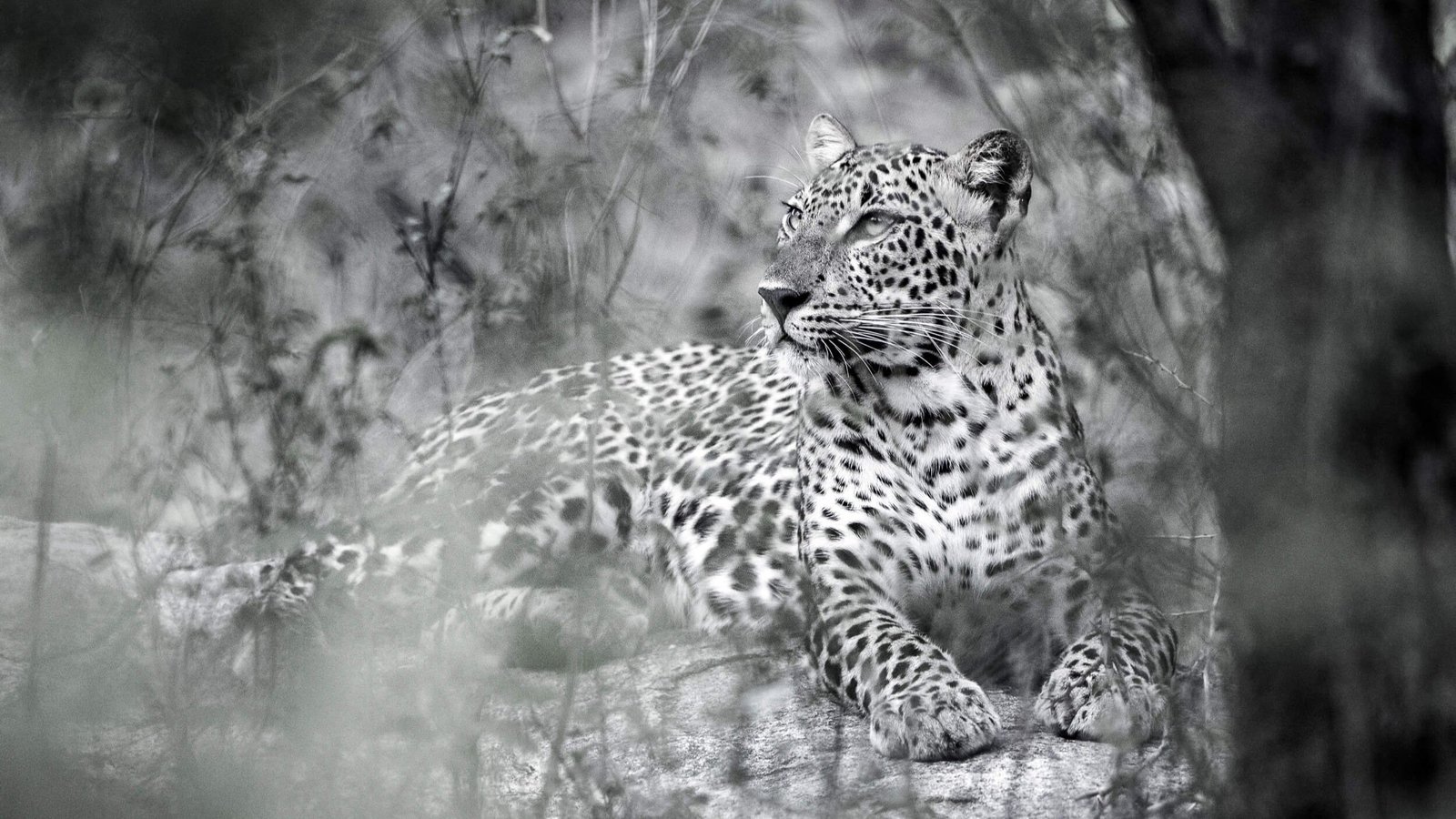Techniques for Capturing Stunning Wildlife Photos. Wildlife photography presents unique challenges and opportunities for capturing the beauty of nature. To create stunning images, it’s crucial to use the right techniques and approaches. This article provides essential techniques for capturing breathtaking wildlife photos, focusing on composition, lighting, and camera settings.
Understand Your Subject
Knowing your subject is key to capturing impactful wildlife photos:
- Research Behavior: Study the behavior and habits of the wildlife you plan to photograph. Understanding their routines helps you anticipate their actions and moments of interest.
- Respect Habitats: Learn about the natural habitats of your subjects to avoid disturbing them. This knowledge also aids in finding optimal locations for photography.
- Observe Quietly: Spend time observing animals from a distance before taking photos. This helps you get accustomed to their behavior and reduce your impact on their environment.
Understanding your subject ensures you capture authentic and compelling moments.

Use the Right Equipment
Selecting and using the right equipment enhances the quality of your wildlife photos:
- Telephoto Lens: A telephoto lens allows you to photograph wildlife from a safe distance without disturbing them. Lenses with a focal length of 300mm or more are ideal for wildlife photography.
- Tripod or Monopod: A tripod or monopod stabilizes your camera, especially when using long lenses. This helps prevent camera shake and ensures sharp images.
- Camera with Fast Autofocus: Choose a camera with fast and accurate autofocus capabilities to capture moving subjects clearly.
The right equipment helps you achieve sharp, detailed, and well-composed wildlife photos.
Master Composition Techniques
Effective composition is crucial for creating visually appealing wildlife photos:
- Rule of Thirds: Position your subject off-center using the rule of thirds to create a more dynamic and balanced composition. This technique adds interest and guides the viewer’s eye.
- Leading Lines: Use natural lines in the environment, such as branches or rivers, to lead the viewer’s eye toward the subject.
- Negative Space: Incorporate negative space around your subject to emphasize their presence and create a sense of isolation or freedom.
Mastering composition techniques enhances the visual impact and storytelling of your wildlife photos.
Utilize Natural Lighting
Lighting plays a significant role in wildlife photography:
- Golden Hours: Shoot during the golden hours (early morning or late afternoon) when the light is soft and warm. This lighting enhances textures and colors, creating a pleasing effect.
- Avoid Harsh Midday Sun: Midday sun can cause harsh shadows and overexposed highlights. If shooting during this time, use a diffuser or seek shaded areas.
- Backlighting: Experiment with backlighting to create silhouettes or highlight translucent details in fur or feathers.
Utilizing natural lighting effectively enhances the mood and quality of your wildlife photos.
Capture Natural Behaviors
Photographing wildlife in their natural behaviors adds authenticity and interest:
- Patience: Wait patiently for the right moment to capture natural behaviors, such as hunting, playing, or interacting with others. Avoid forcing or altering their actions.
- Continuous Shooting Mode: Use continuous shooting mode to capture a series of shots in quick succession. This increases your chances of getting the perfect moment, especially with fast-moving subjects.
- Focus on Expressions: Pay attention to facial expressions and body language. Capturing these elements adds emotion and depth to your images.
Capturing natural behaviors showcases the essence of wildlife and provides engaging storytelling.
Use Proper Camera Settings
Adjusting camera settings appropriately ensures high-quality wildlife photos:
- Shutter Speed: Use a fast shutter speed to freeze motion and capture sharp images of moving subjects. A good rule of thumb is to use a shutter speed at least equal to the focal length of your lens.
- Aperture: A wide aperture (e.g., f/4 or f/5.6) creates a shallow depth of field, isolating your subject from the background and highlighting details.
- ISO: Adjust ISO based on lighting conditions. Use a low ISO for bright conditions to minimize noise and a higher ISO for low light situations, balancing noise and exposure.
Proper camera settings are essential for achieving sharp, well-exposed, and detailed wildlife photos.
Be Mindful of Ethical Considerations
Ethical practices ensure that wildlife photography is both responsible and respectful:
- Avoid Disturbance: Do not approach wildlife too closely or disrupt their natural behavior. Use telephoto lenses to maintain a safe distance.
- Leave No Trace: Follow the principle of “leave no trace” by minimizing your impact on the environment. Avoid leaving trash or disturbing the habitat.
- Follow Regulations: Adhere to regulations and guidelines set by wildlife reserves or parks to ensure ethical and responsible photography.
Being mindful of ethical considerations ensures that your wildlife photography supports conservation and respects wildlife.
Conclusion
Capturing stunning wildlife photos involves a combination of understanding your subject, using the right equipment, mastering composition techniques, and utilizing natural lighting. By focusing on capturing natural behaviors and using proper camera settings, you can create images that not only showcase the beauty of wildlife but also tell compelling stories. Ethical considerations play a crucial role in ensuring that your photography practices contribute positively to conservation and respect for wildlife. With these techniques, you can achieve breathtaking wildlife photos while making a positive impact on the natural world.








